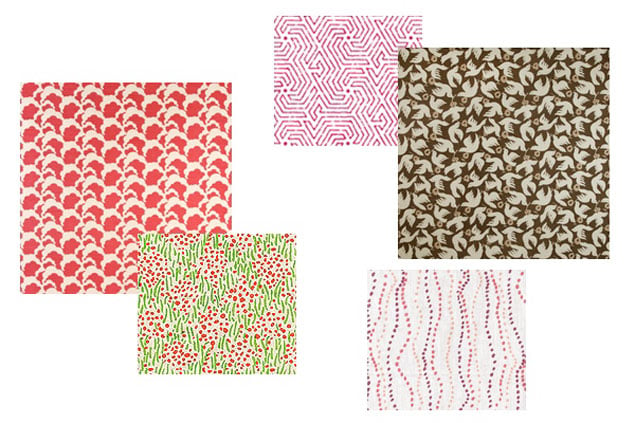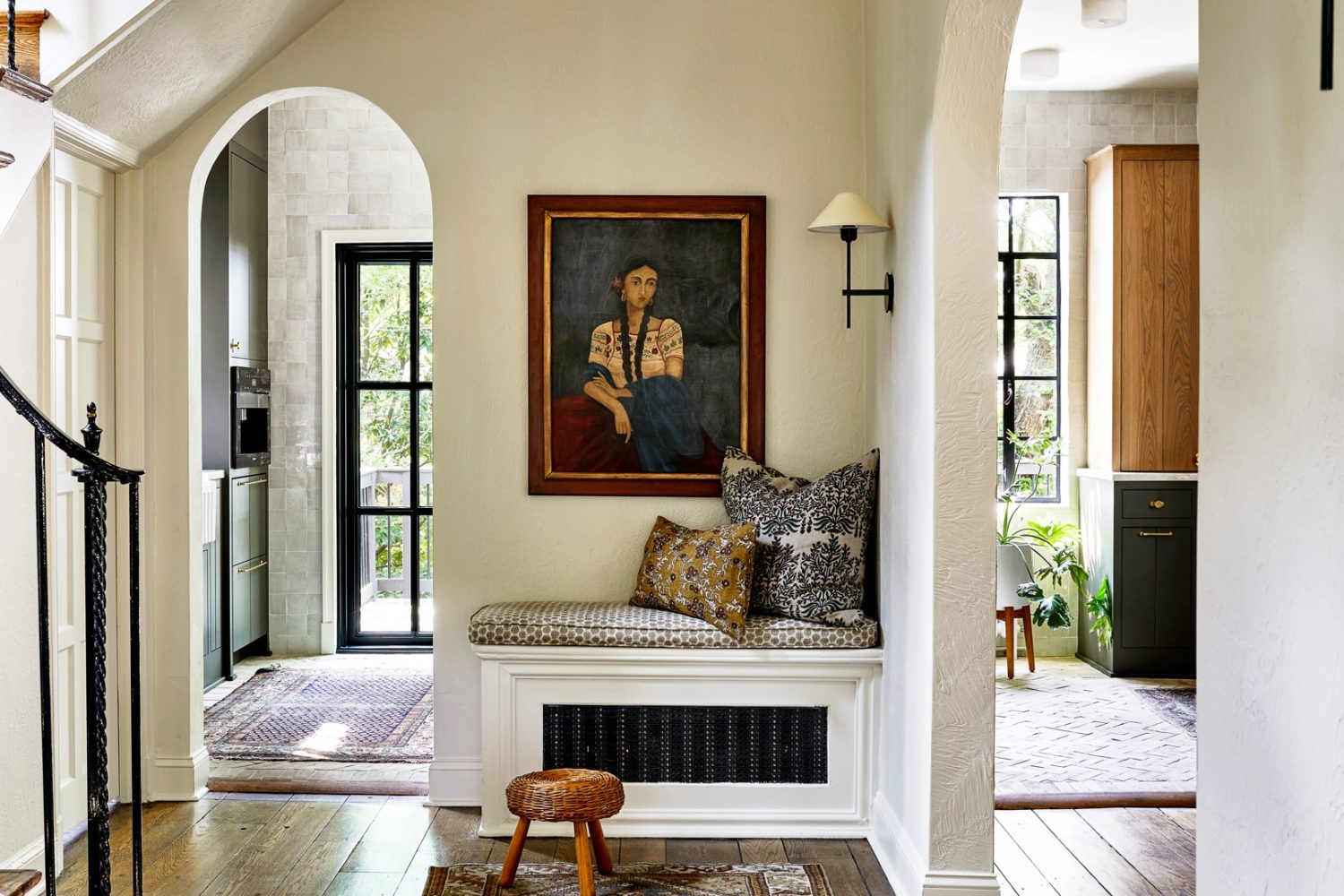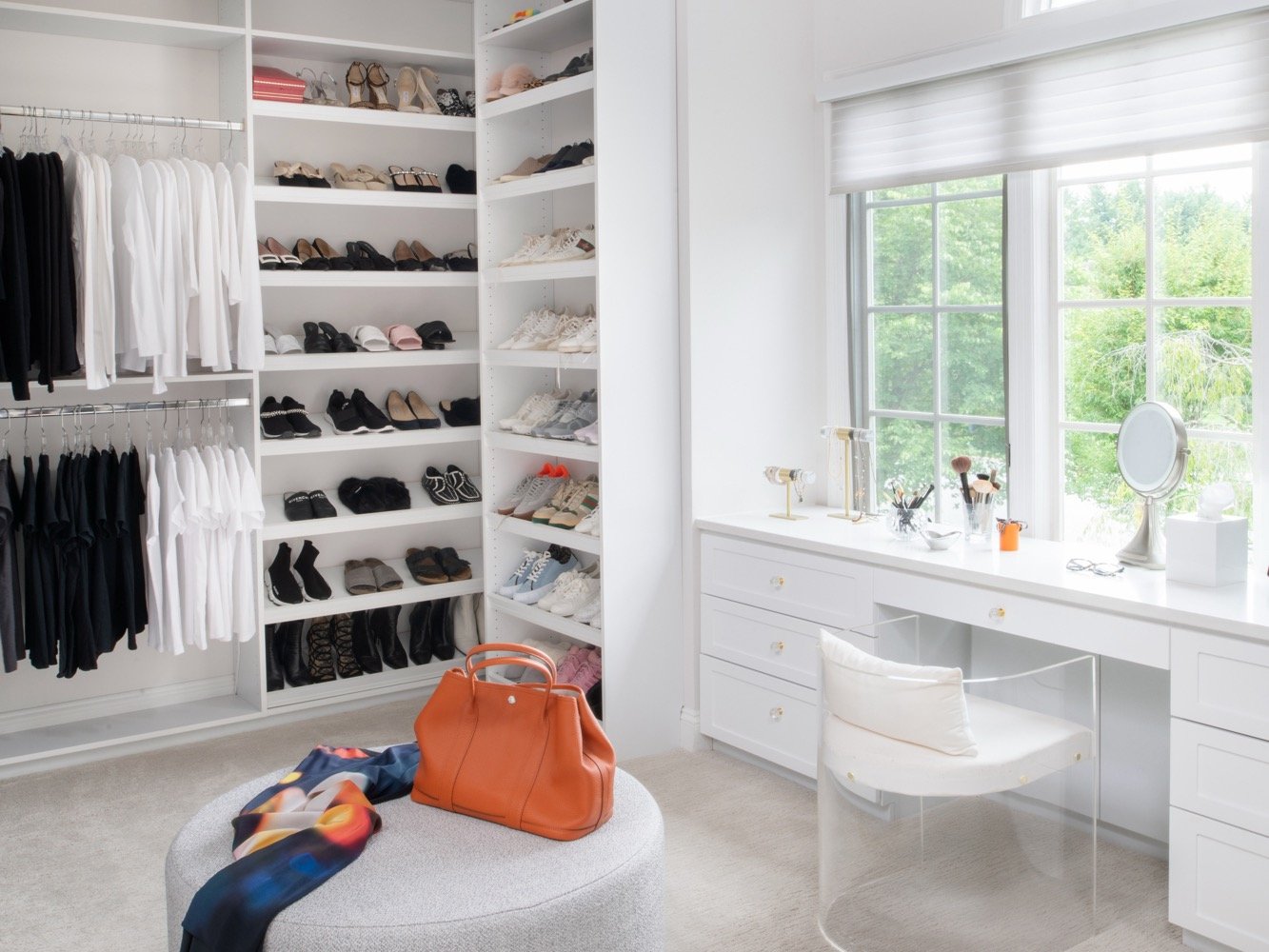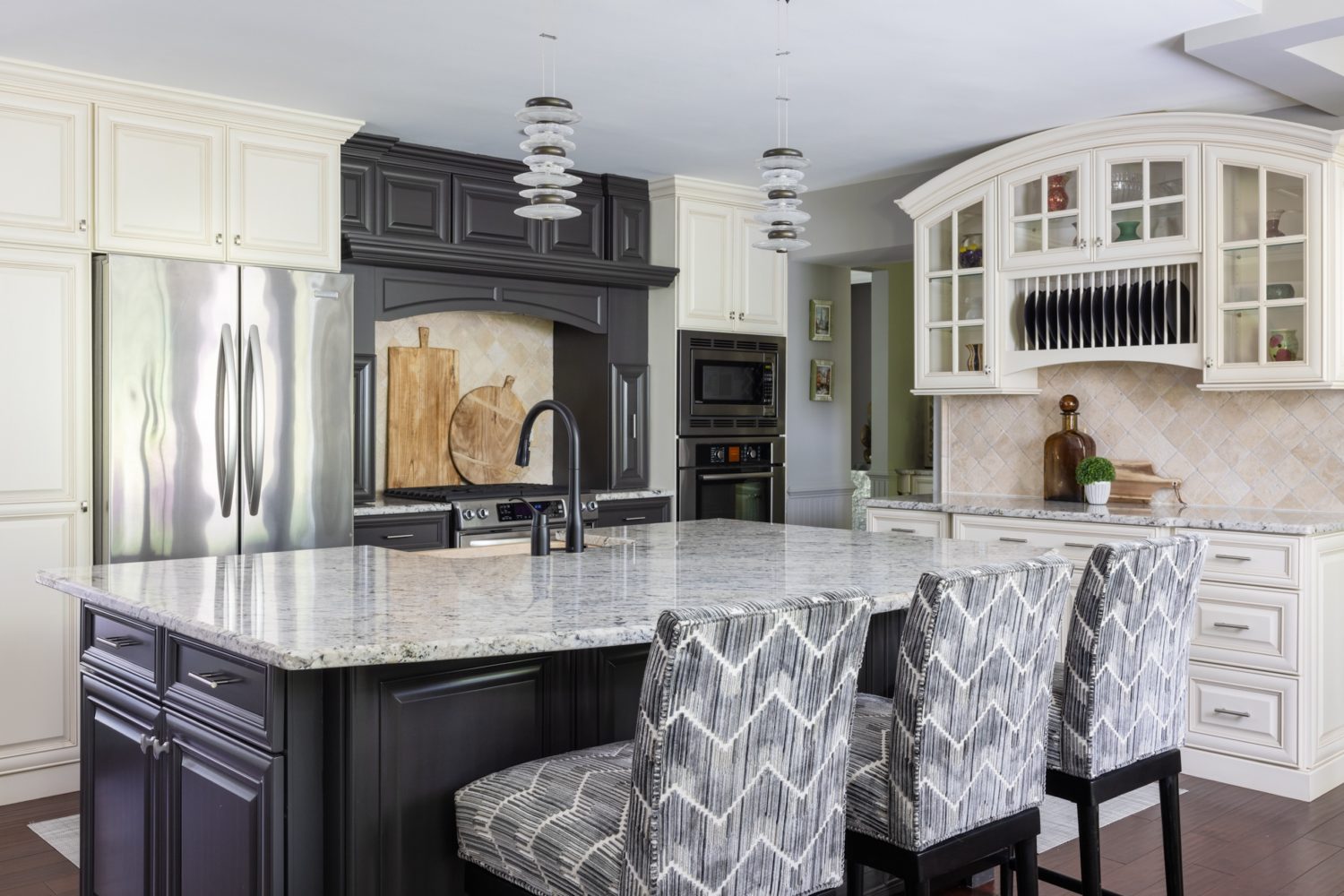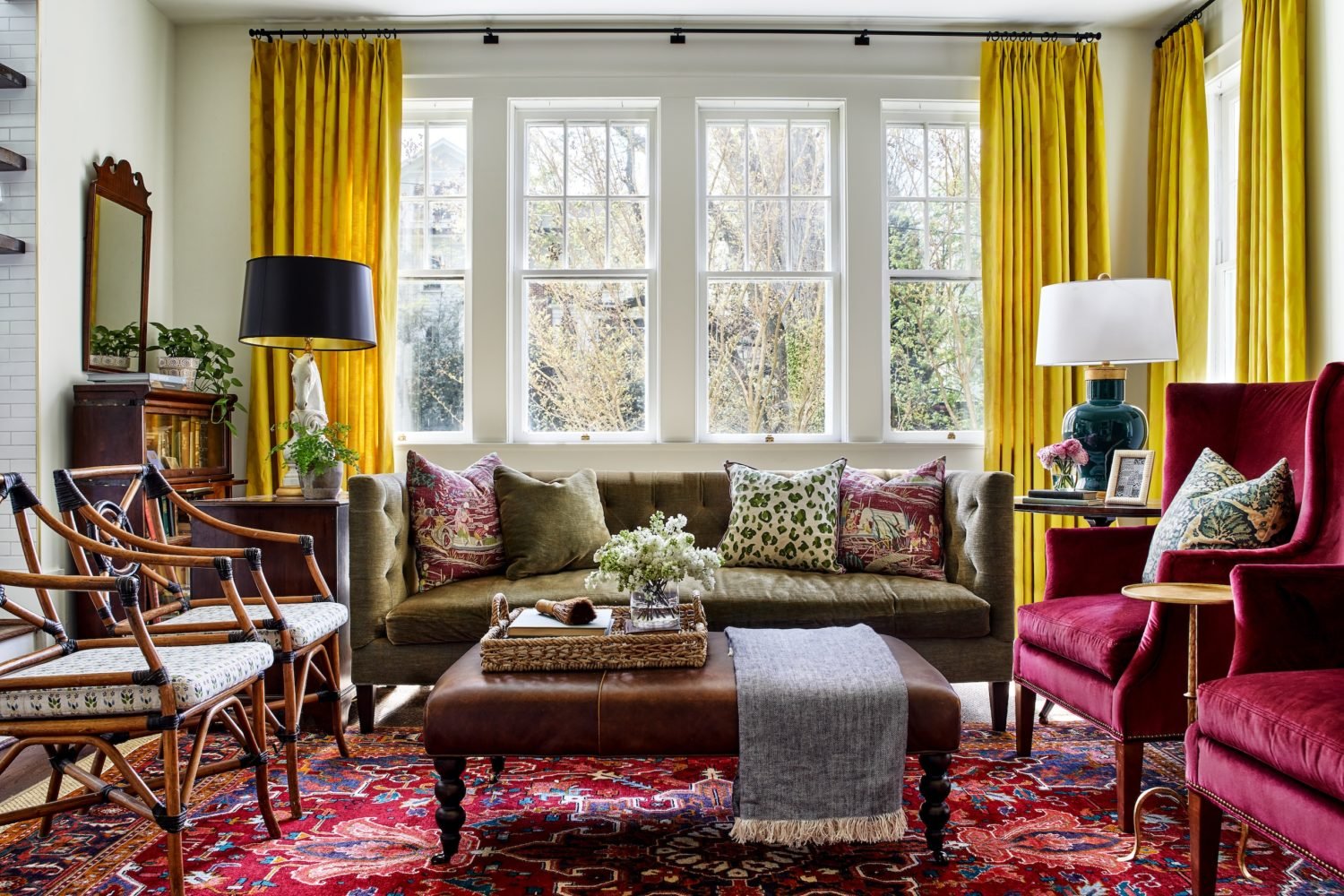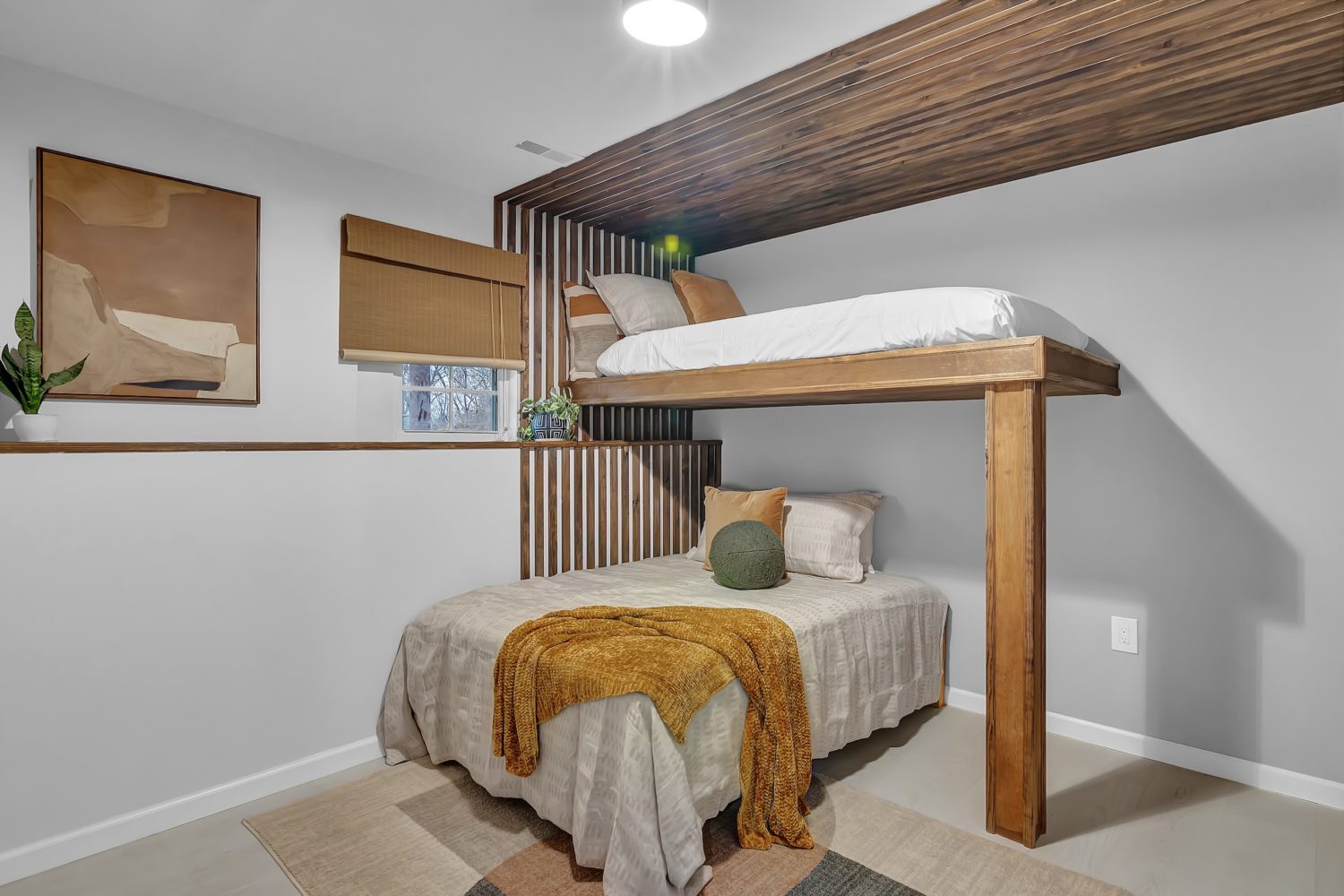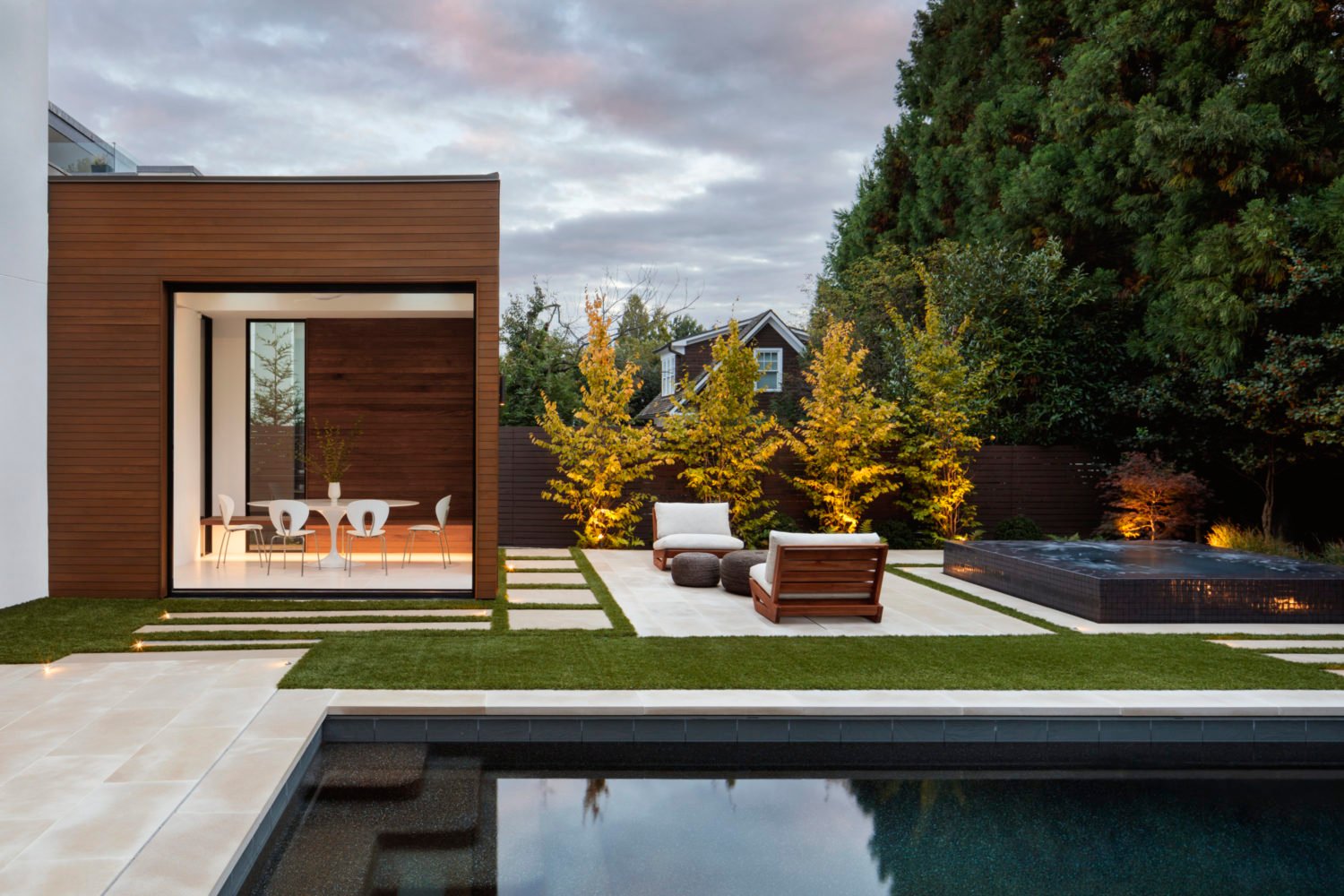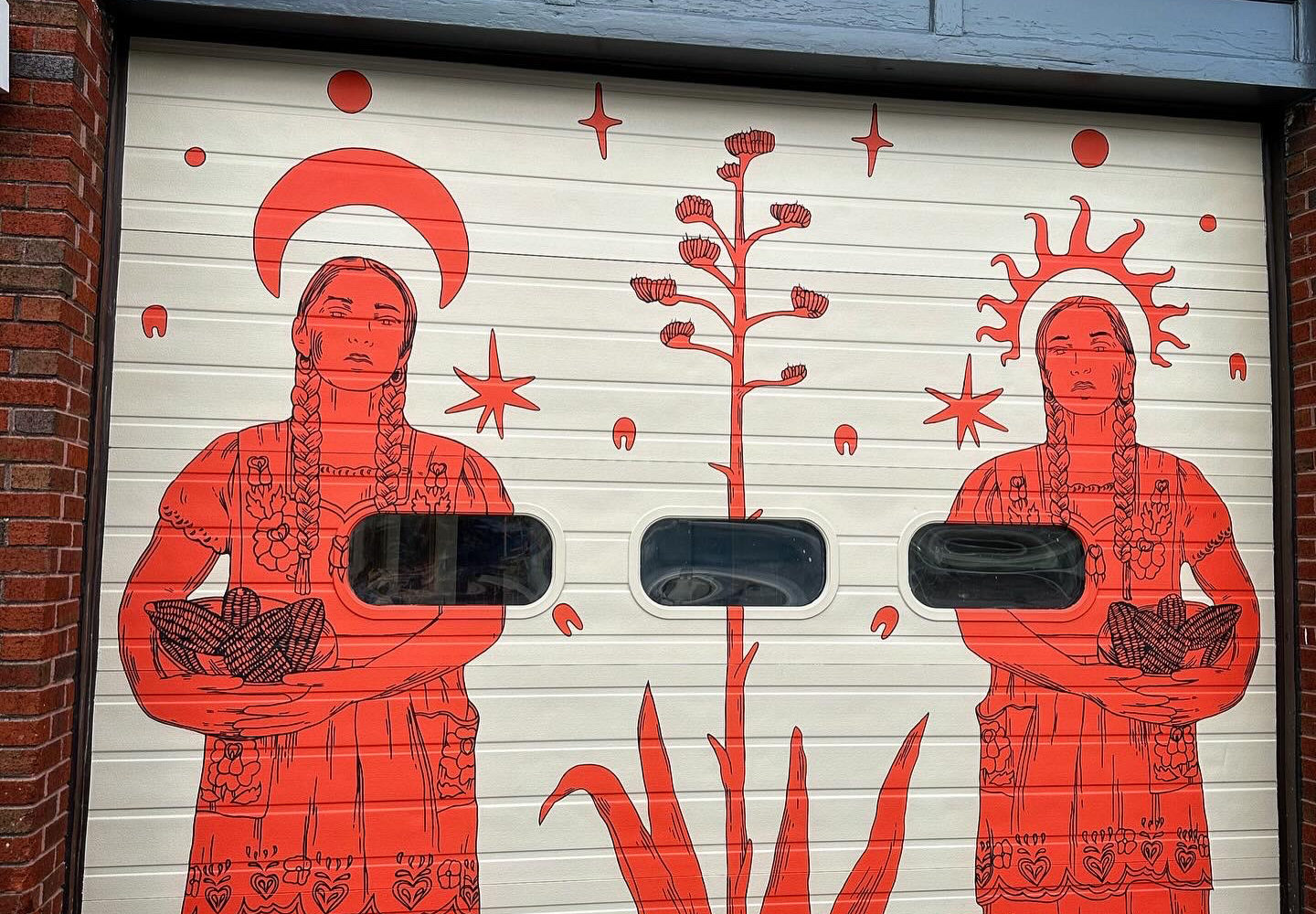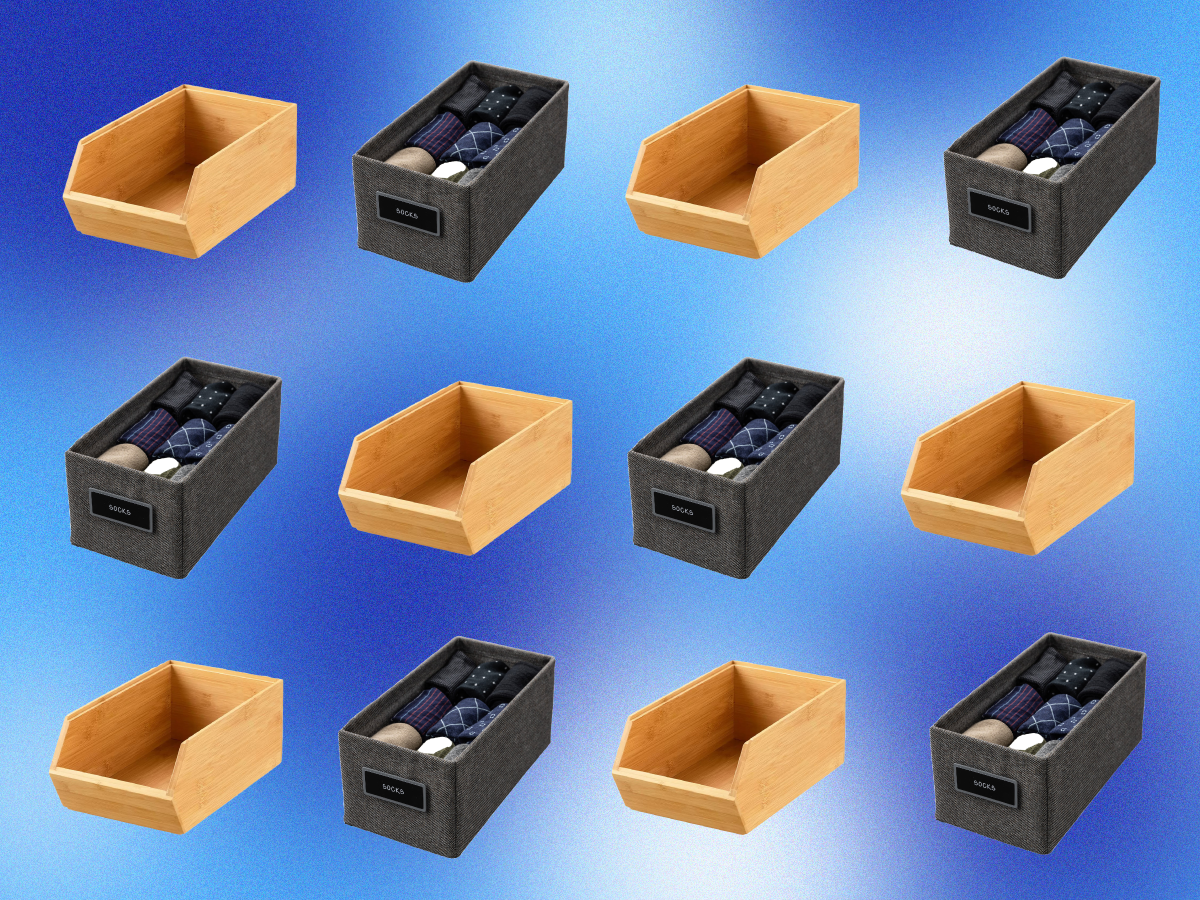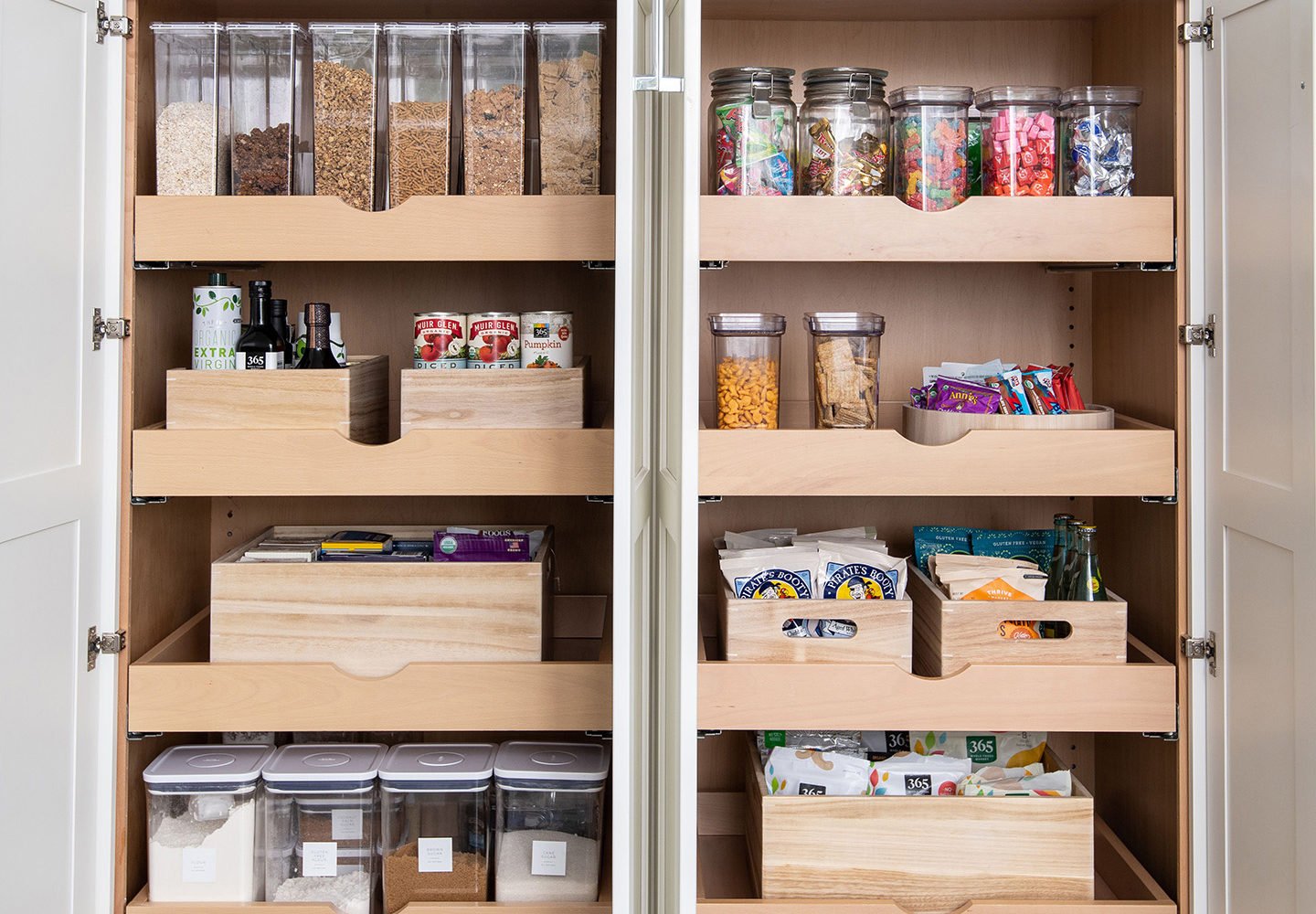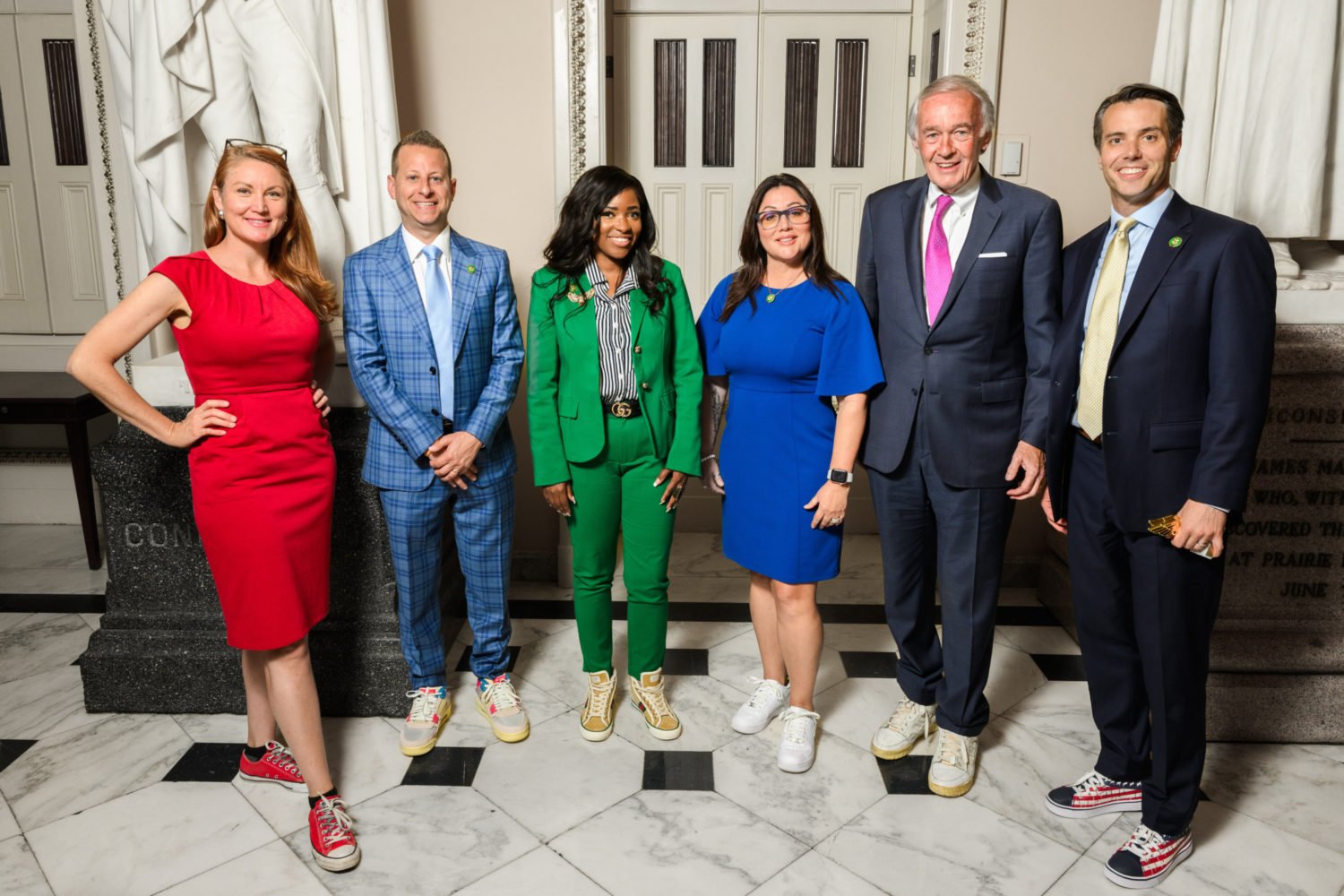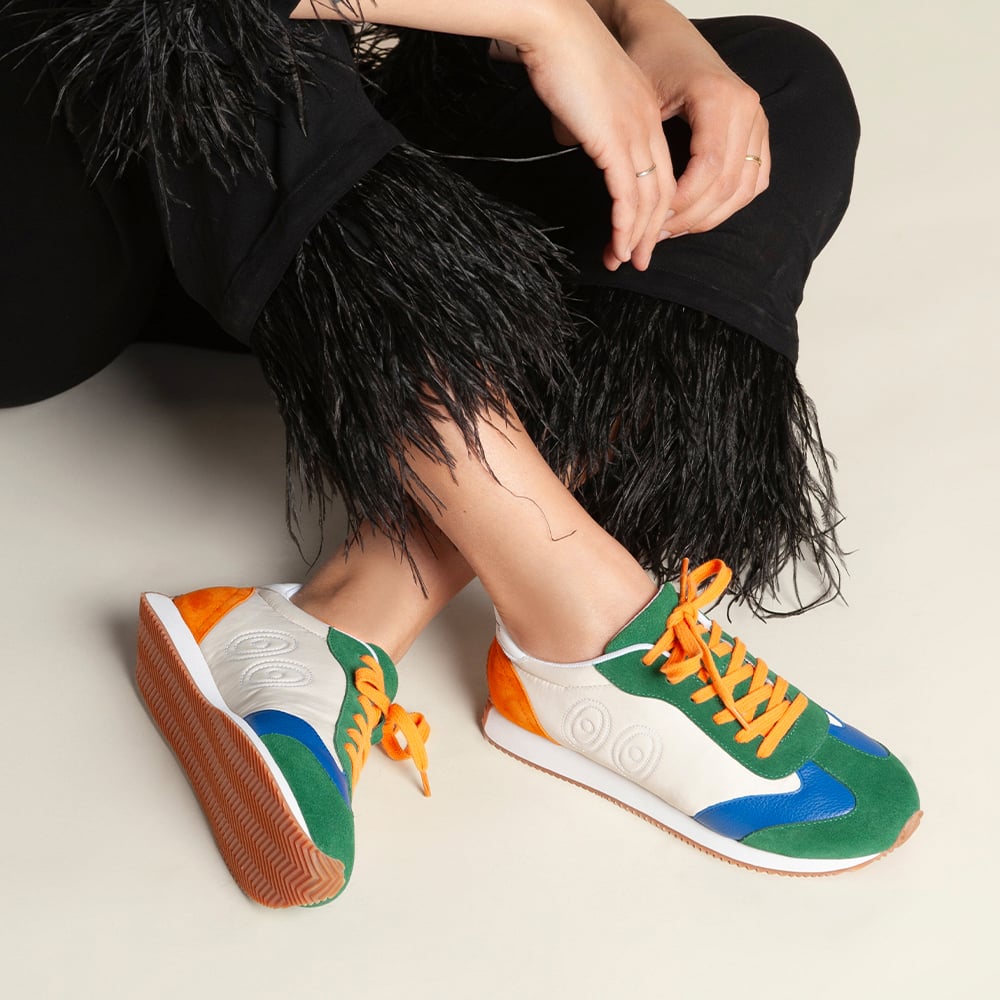The key to mixing patterns in a space, says designer Susan Nelson, is “figuring out how to keep things interesting, not insane.” That’s the mantra she used when putting together her plans for the bedroom she designed for this year’s DC Design House, which opens this Saturday. And after catching a peek at her design board–which is overflowing with bright block prints in a vibrant palette of coral, chocolate, and shades of magenta–we think she succeeded.
“For me, every job starts with the fabric, and this room was no exception,” says Nelson. In fact, she revealed that in this room, which was designed as a teenage girl’s bedroom, she was able to use more pattern than she’s ever gotten away with before. “I knew I wanted to do a daybed to fill with a nest of pillows,” she says. “I’ve been able to spread fabric all over the room–there’s a pattern on almost everything!”
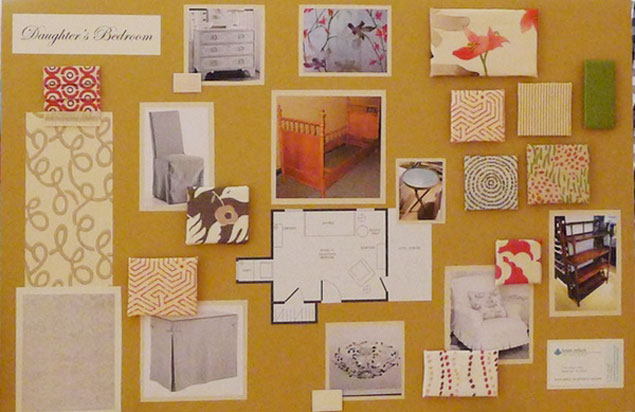
While we can’t wait to see the finished product this week, in the meantime, we had to know: How does she do it?
If you know you want to combine different fabrics in a space, how do you begin?
Either pick the fabric that has the most colors in it, or pick the fabric that will make the most impact in the room. For this room, I started with the duvet cover because it was the largest piece.
What’s the next step?
In the universe of patterns and options, there are so many fabrics, but not as many good wallpapers. If you plan to use a paper, the next step would be to make that choice before choosing any accompanying fabric.
How do you go about choosing the coordinating patterns?
You want to go for a mix–a smaller-scale print, perhaps some geometrics, some abstracts, some that are a single color. Really, it’s more art than science, and for every rule, there’s an exception. Loosen up; don’t automatically assume it will be too busy. Get some samples–you don’t have to buy yardage–and lay them out together. See how you feel.
How do you make sure you’re not going to tire of all those patterns?
Make sure you really love the fabrics you choose. If they get your heart singing, I don’t think you’ll tire of them. If you’re not all in, that’s when you lose interest. Commit!
Can you name a few of your favorite fabric lines?
The ones I find myself going back to time and time again are Manuel Canovas, China Seas, Rapture & Wright (via Lucy Rose Design), Schumacher, and Vervain.
The fabrics featured in the collage above are (clockwise) China Seas “Maze” in magenta, Rapture & Wright “Doves” in kohl, China Seas “Ginza” in magenta, China Seas “Trilby” in jungle green and shrimp, and Rapture & Wright “Clouds” in red.

